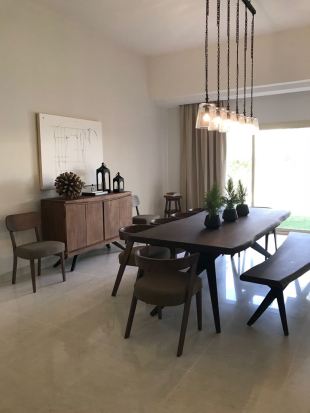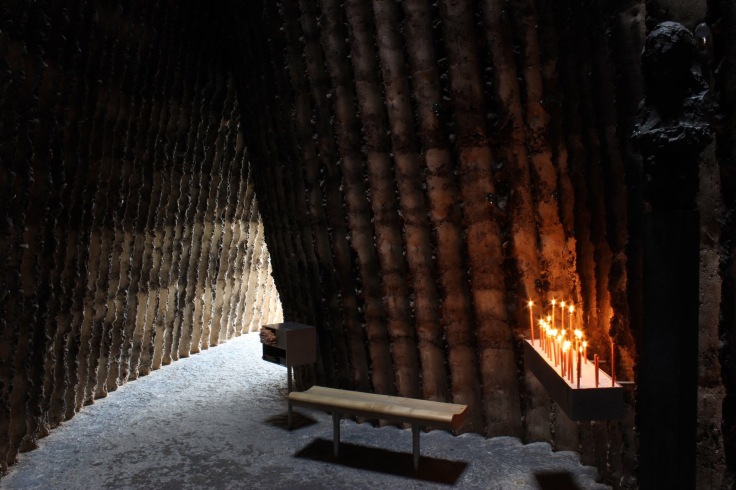I visited Tate Modern’s ‘Huyundai Commission:Superflex One Two Three Swing!’ exhibition in the turbine hall and it was an experience like no other. I never associated museums or galleries with games or activities and this event reshaped the way we interact with works found in exhibitions. I heard a lot about Tate’s swing sets but did not know much about it. But for an exhibit at a museum it grabbed a lot of peoples attention and certainly encouraged a lot of people to visit it, some even twice. After having heard so much about it I knew I needed to visit Tate Modern and experience it for myself.

(Al Khalifa, 2018)
I decided to do some reading on what the exhibition was about so I could get abetter understanding of what the story behind the swings was. Turns out it was designed by Superflex a collective of danish artists. They wanted to show us what the power of three people combined on a swing can do and we could defy laws of gravity.(Tate, 2018) At first the concept seemed strange, More than one person on one swing? This was when I knew I needed to visit the exhibition and really understand what was all the hype about. So I got in contact with a friend and we met up in the Turbine Hall at Tate Modern. As we expected, It was incredibly full. People patiently waiting on the side for their turn, groups of schools huddled together on the sides. I have never seen such a crowed in a place like this, it was honestly amazing. Everyone in that room could not help but smile, whether they were on swings themselves or just looking at those on the swings. The sense of nostalgia was indescribable we began to get restless waiting for a turn. Eventually we managed to get on the swing, and we just looked at each other and started laughing realising how hilarious it was for to young woman waiting for a turn on the swing. As soon as we began swinging it was an indescribable feeling, like we got transported into elementary school just to kids without a worry. I immediately understood what Superflex meant, in no time the swing started going incredibly fast with the two of us on one long swing. The best part about this is that many strangers got on swings together and did not give it a second thought.
I have never seen such a lighthearted display in a museum, it was an amazing concept brilliantly executed. The following it gained was amazing and they deserve it for such an out of the box idea. I honestly think this is the direction we need to take in our exhibitions, the future is all about interacting with the work on display and not about setting boundaries for those creative souls.
(Al Khalifa, 2018)
Tate. (2018). Hyundai Commission: Superflex: One Two Three Swing! – Exhibition at Tate Modern | Tate. [online] Available at: http://www.tate.org.uk/whats-on/tate-modern/exhibition/hyundai-commission-superflex [Accessed 21 Feb. 2018].





 (Carnegie Museum of Arts, 2015)
(Carnegie Museum of Arts, 2015)









